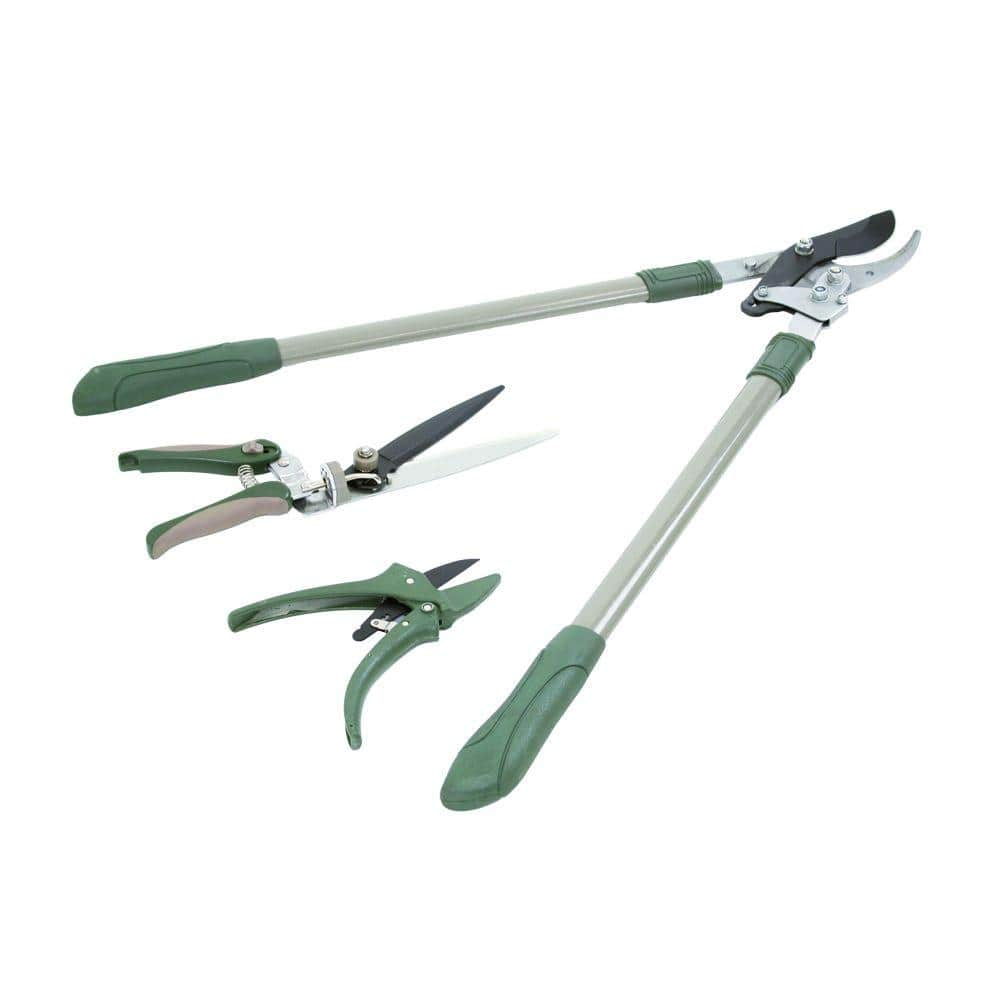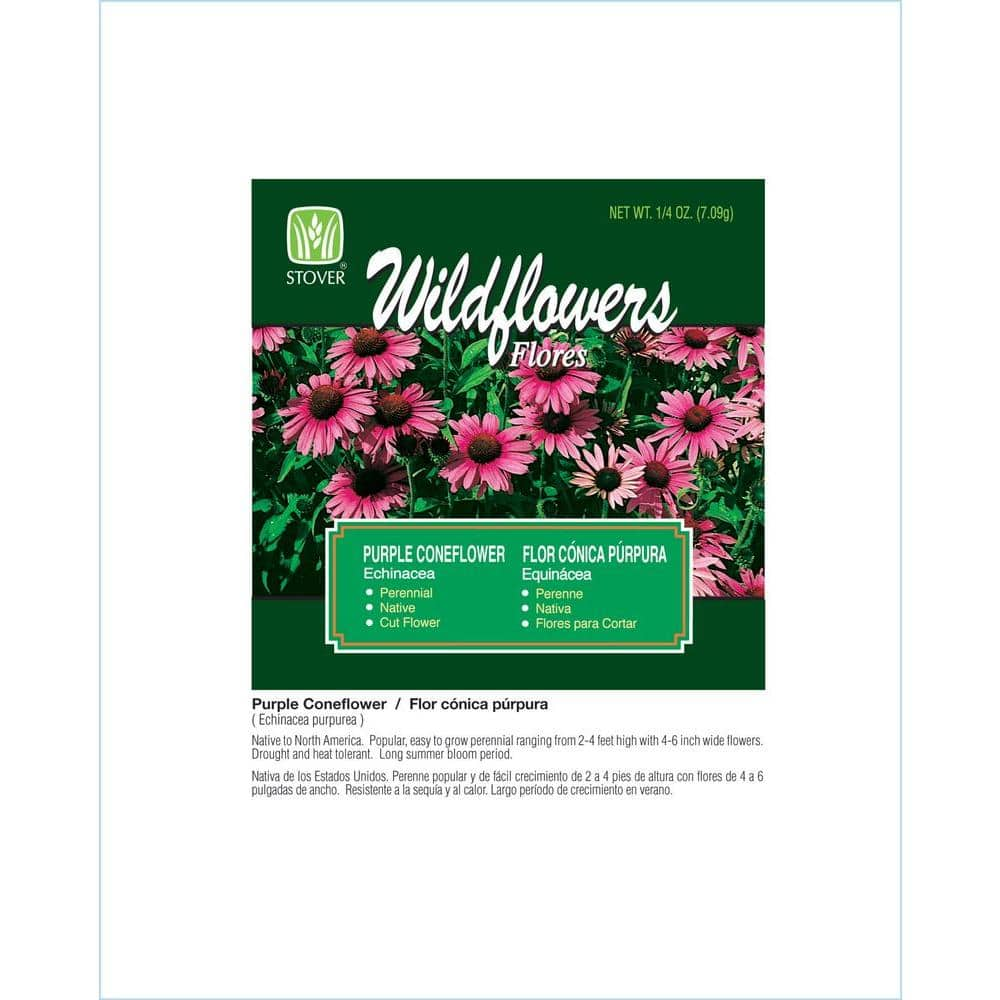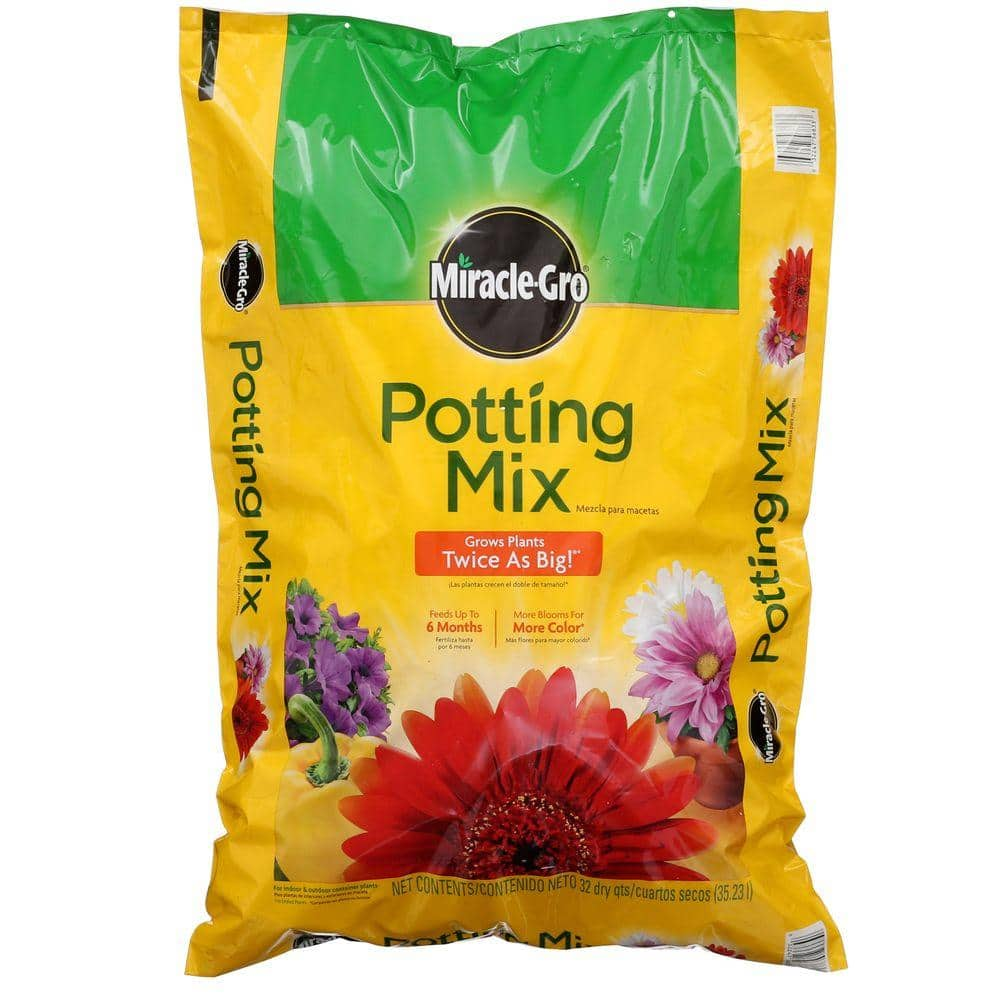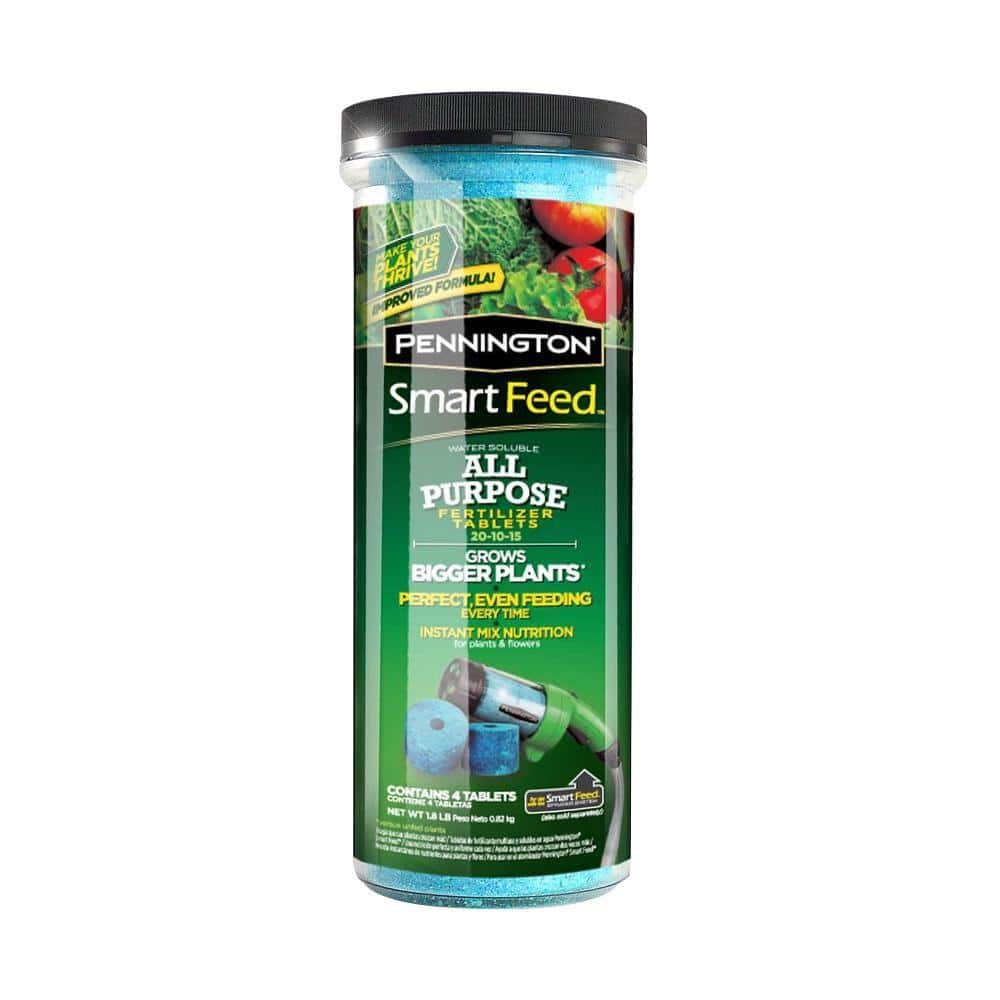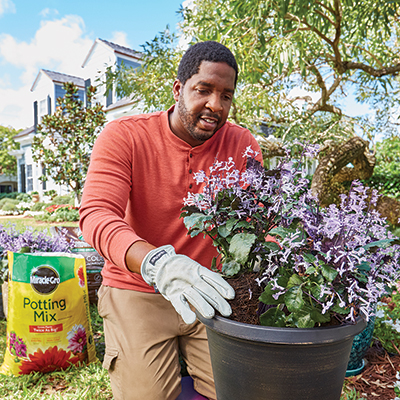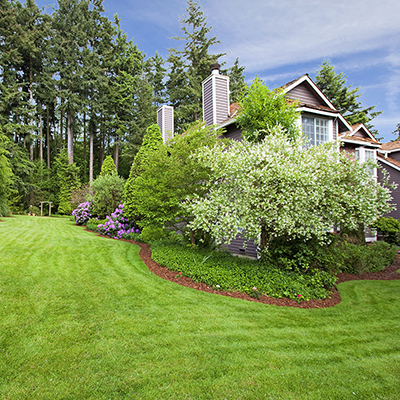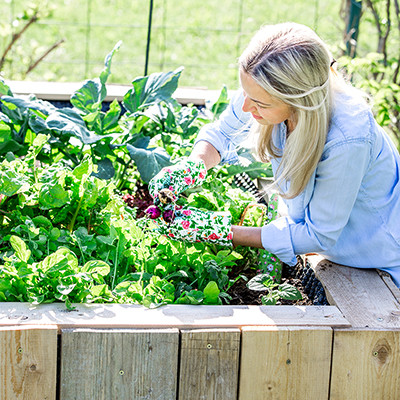How to Care for Plants in Early Spring

Published November 1, 2023
Early spring is tricky for gardeners. A few warm days here and there can coax bulbs and flowering shrubs and trees into bloom and encourage houseplants to put out new leaves. But be careful because winter can come roaring back.
While you wait for the weather to settle down, start preparing for your outdoor garden and give indoor plants a little TLC.
Here are a few ideas for a head start on caring for your plants in early spring.
Table of Contents
Pruning Shrubs and Trees
Cleaning the Landscape
Winter Sowing
Plan Your Outdoor Garden
Start Seeds Indoors
Care for Indoor Plants
Pruning Shrubs and Trees

On clear early spring days, it’s hard to resist grabbing your garden shears and trimming shrubs and trees. In fact, for many shrubs and trees, spring is the perfect time to prune.
Pruning promotes new growth and helps shape plants. Keep in mind that it’s always okay to trim away dead branches. Be careful, though, not to prune spring-flowering plants until after they’ve flowered. This category includes azaleas and some types of hydrangeas.
A good rule of thumb for pruning is never take off more than a third of the volume of the plant. Use very sharp shears, loppers or pruners, and wipe down frequently with alcohol wipes to prevent spreading diseases.
Cleaning the Landscape

Winter can be hard on your landscape. In early spring, grab a rake or cordless leaf blower and clean up your lawn. Shred leaves and place them in your compost pile or start a new pile just for leaf litter that you can use for compost this summer.
While you’re cleaning, keep an eye out for any changes you’d like to make in your garden space this year. Early spring is a great time to get started on hardscape projects like garden paths, and to add trees and shrubs to your landscape.
Winter Sowing

Try winter sowing in milk jugs to start seeds outdoors in the coldest part of the year.
January and February are the best months for winter sowing. You can winter sow in March in extreme northern climates.
Tips for winter sowing:
- Choose seeds that are cold hardy or require cold weather stratification to break dormancy.
- Clean milk jugs and cut around the middle. This makes a mini-greenhouse. Poke drainage holes in the bottom.
- Fill milk jug bottom with organic seed-starting soil. Moisten with water before adding seeds.
- Sow seeds following package directions for spacing.
- Close up milk jug and seal it with tape. Label with the seed variety and the sowing date.
- Place milk jugs outside in a sunny location that is protected from winds.
- Because these are little greenhouses, you won't need to add water.
- When weather warms in spring, seeds will germinate. After your area's last frost, you can transplant seedlings to larger pots or into your garden.
Plan Your Outdoor Garden

Whether you want a cutting garden with beautiful blooms or a vegetable garden planted with juicy tomatoes, crispy greens and flavorful herbs like basil and oregano, start by sketching a design in early spring.
First, measure your garden space and read about the plants you want to grow, so you’ll know how far apart to space them and how much distance to leave between the rows. Use seed packets and online descriptions for spacing info. Check the mature size of the plant, too, to decide whether to place a plant in the front or back of your garden bed.
Decide where to put sun-loving plants and where to put those that need shade to partial sun. If you have plants that need to be moved, a plan is the ideal place to note that. Early spring is also a good time to move plants to better locations.
Start Seeds Indoors

Get your garden started inside with an indoor seed-starting set-up. Read seed packets for timing for seed sowing.
Try the milk jug method for outside winter sowing and this method for indoor seed starting:
- Pour soilless mix into a bucket and dampen with warm water.
- Place pots in trays and fill with mix. Tamp down to eliminate air pockets and top off with the mix so it’s within 1/4 inch of the rim.
- Plant seeds to the proper depth; the tip of an eraser can help press small seeds into soil. Count on three seeds per pot; larger seeds can be planted two per pot.
- Label containers and trays with the variety of seed and the date of planting.
- Cover tray with a humidity dome or a plastic bag.
- Warm temperatures help the seeds germinate. For a small tray, the top of a refrigerator or radiator can be used. Otherwise, special heating mats will provide a consistent temperature.
- When seedlings emerge from the soil, slightly vent the bag or dome. When the second set of leaves emerge — known as true leaves — remove the cover and nourish the seedlings by adding an all-purpose, water-soluble fertilizer to the watering tray once a week.
- After germination, seedlings need light. A sunny window will work, but grow lights will offer a consistent source.
- For easy-to-grow annuals, try bachelor buttons, scabiosas (pincushion flowers), zinnias and marigolds. Transplant seedlings into garden after last frost. Some can tolerate cold while others need reliably warm air and soil temperatures.
Try starting cool-weather annual vines, such as sweet peas, asarina (trailing snapdragon) and Thunbergia (black-eyed Susan vine) indoors.
Care for Indoor Plants

Early spring is an ideal time to give your houseplants some extra attention. Clip off withered growth and wipe healthy leaves with a damp cleaning cloth. Place one hand under each leaf as you gently clean. Turn leaf over and clean the reverse. Periodically rinse the cloth to remove accumulated dust and dirt.
If you have a lot of houseplants, put them in the shower and gently rinse them with tepid water. Note: Don’t put cacti and succulents in the shower. That’s too much water for them.
Once your houseplants produce new leaves and show signs of active growth, give them a boost with liquid fertilizer. Follow label directions for how much and how often to apply. If you’re repotting, choose a potting mix with a slow-release fertilizer mixed into the soil.
Add Indoor Plants for Spring Color

Bring spring inside your home when you add new houseplants. Cyclamens, African violets and hybrid begonias bloom from late winter to spring and beyond and come in a variety of colors.
Remember colorful foliage houseplants like crotons, Rex begonias, bromeliads and succulents. You can find them in shades of green, silver and gray as well as colors like cream, red, purple, pink and more.
Dress up your new plants by slipping them into larger decorative containers. Remove them from the containers when you water and let the excess water drain thoroughly before replacing them.
Indoors and out, there’s plenty of work for gardeners in early spring. If you can’t wait for color in your outdoor garden, plant cold-tolerant flowers like pansies, dianthus and sweet alyssum. Pansies and snapdragons can handle temperatures as low as 28 degrees Fahrenheit. Geraniums can take temperatures into the 40s, so even if winter comes roaring back too soon, your garden will be ready for spring.
Whether you need garden tools or seeds, The Home Depot delivers online orders when and where you need them.

